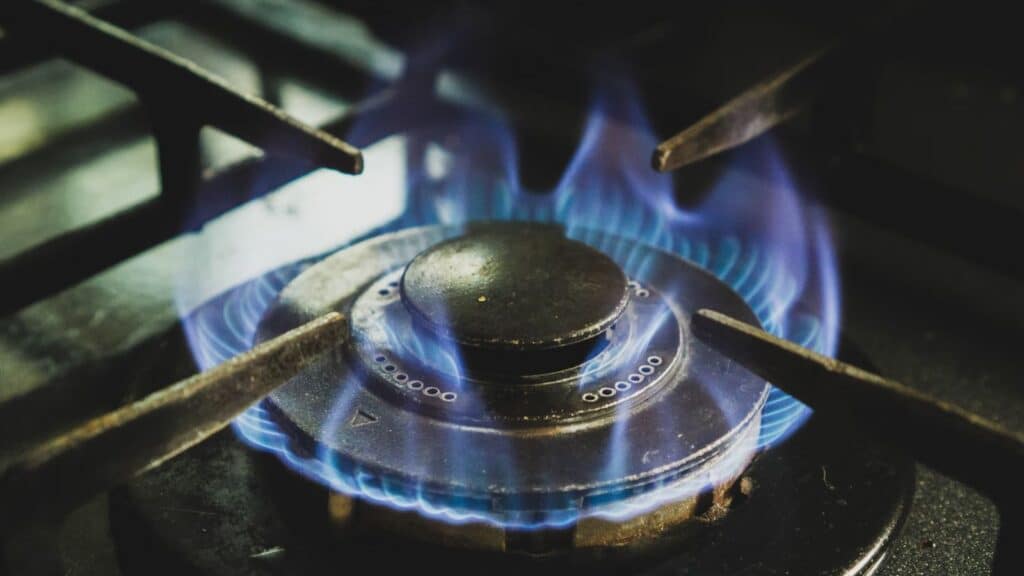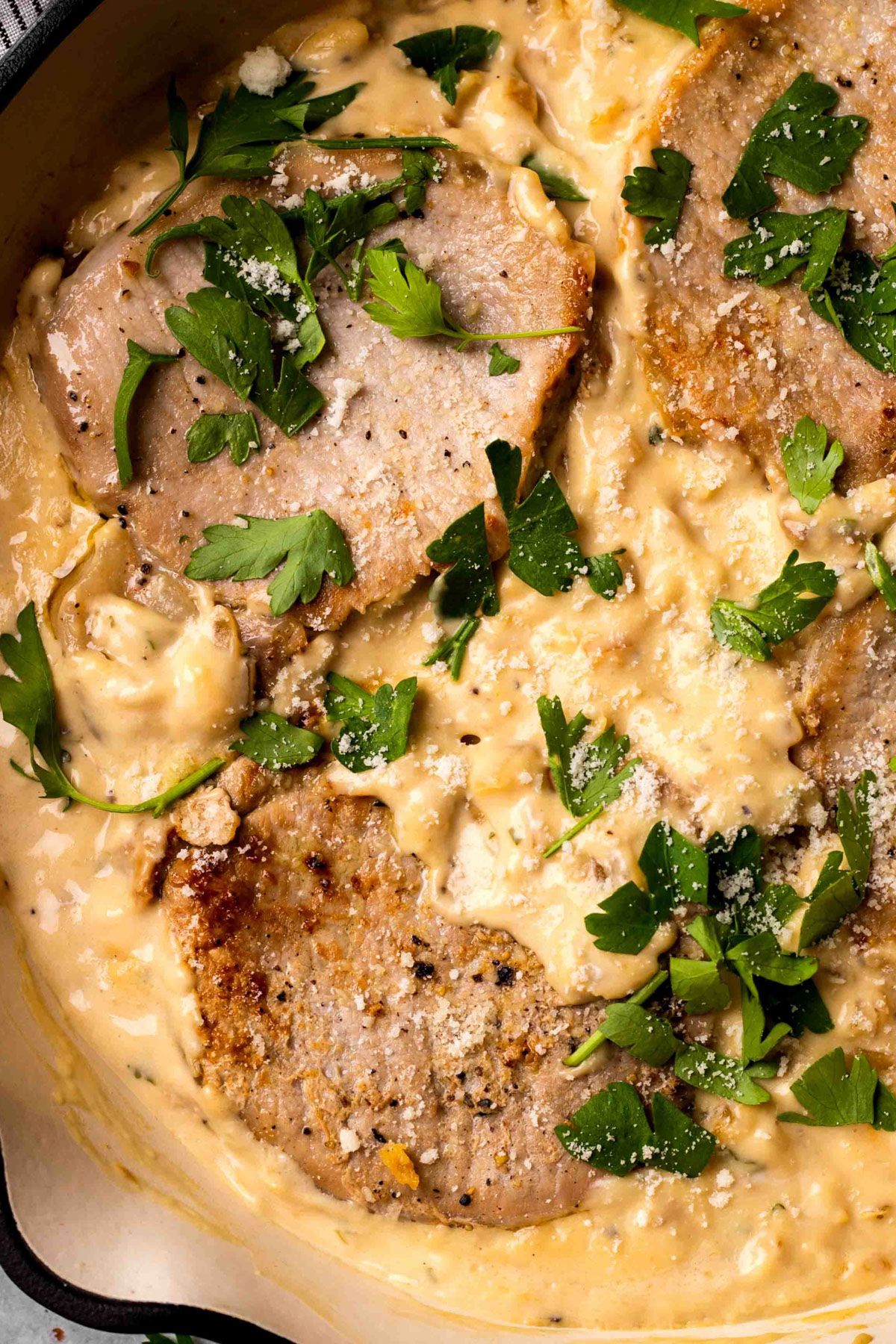Cooking can be an art, a science, and sometimes, a comedy of errors. While mastering culinary techniques and following recipes to a tee is important, there’s also something to be said for those quirky, unconventional tricks that seem silly at first glance but can truly elevate your cooking game. From using unexpected tools to embracing a little kitchen chaos, these useful cooking tips may raise some eyebrows, but they’ll also save you time, simplify processes, and perhaps even add a touch of whimsy to your culinary adventures.
Pre Heating Your Pan

Preheating your pan before cooking is crucial for achieving the perfect sear and texture in your food. Heating the pan beforehand ensures that the surface is evenly heated, allowing for more consistent cooking and browning. This process also helps to prevent food from sticking to the pan, resulting in a beautifully cooked dish and making cleanup easier afterward.
Putting Bay Leaves in Soup

Bay leaves are a staple ingredient in soup recipes because they impart a subtle, aromatic flavor that enhances the overall taste of the dish. When simmered in soup, bay leaves release essential oils that infuse the broth with a rich, earthy essence, adding depth and complexity to the flavor profile. Additionally, bay leaves help to balance and harmonize the other ingredients in the soup, contributing to a well-rounded and satisfying culinary experience.
Tasting Everything as You Cook

Tasting as you cook is crucial for achieving the perfect balance of flavors in your dish. It allows you to adjust seasoning levels, acidity, sweetness, or spiciness throughout the cooking process, ensuring that the final result is precisely to your liking. By sampling the dish as it progresses, you can make real-time adjustments, preventing over-seasoning or under-seasoning and guaranteeing a delicious outcome every time.
Roasting Peppers Directly on The Stove

Roasting peppers directly on the stove is a quick and effective method to bring out their natural sweetness and depth of flavor. The direct exposure to the open flame chars the skin, imparting a smoky taste while softening the flesh inside. This process also makes it easier to peel off the skin afterward, resulting in tender, flavorful peppers that are perfect for various dishes like salads, sandwiches, or pasta.
Owning a Rice Cooker

Using a rice cooker offers several advantages over boiling rice on the stove. It ensures consistent results every time by controlling the temperature and cooking time automatically, preventing the rice from becoming too mushy or burnt. Additionally, it frees up stove space and eliminates the need for constant monitoring, allowing you to focus on other tasks while your rice cooks perfectly.
Adding MSG to Dishes

Adding MSG (monosodium glutamate) to certain dishes can enhance their flavor by imparting a savory umami taste. It acts as a flavor enhancer, intensifying the overall taste of the dish without necessarily adding a distinct flavor of its own. When used judiciously, MSG can elevate the culinary experience, especially in savory dishes like soups, stews, and stir-fries. However, it’s essential to use it in moderation to avoid overpowering the natural flavors of the ingredients.
Cleaning as You Go

Cleaning as you cook not only helps maintain a tidy kitchen but also makes the entire cooking process more efficient. By washing utensils, cutting boards, and countertops as you go, you minimize clutter and free up space for food preparation. Additionally, it reduces the post-cooking cleanup time, allowing you to enjoy your meal without the stress of a messy kitchen waiting for you afterward.
Rinsing Rice Before Cooking It

Rinsing rice before cooking helps remove excess starch and surface debris, resulting in fluffier grains with a better texture. This process also helps to get rid of any impurities or contaminants that might be present, ensuring a cleaner and safer final dish. Additionally, rinsing can help prevent the rice from becoming too sticky or gummy during cooking, especially for certain varieties like sushi rice.
Velveting The Meat For a Stir Fry

Velveting meat involves coating it in a mixture of cornstarch, egg whites, and sometimes other ingredients like soy sauce or rice wine, then briefly marinating it before cooking. This technique helps tenderize the meat, lock in moisture, and create a velvety texture, resulting in more succulent and flavorful stir-fries. Additionally, velveting helps the meat cook quickly and evenly, making it a popular method for achieving restaurant-quality results at home.
Boiling Food in Broth Rather Than Water

Boiling food in broth rather than water adds depth of flavor and richness to the dish, infusing it with savory notes and enhancing its overall taste profile. The broth also imparts nutrients and aromatics, elevating the dish to a more complex and satisfying level. Additionally, using broth can help tie together the flavors of the ingredients, resulting in a more cohesive and delicious final product.
Prepping Before Cooking aka Mise en Place

Prepping ingredients before cooking not only saves time but also ensures a smoother cooking process. Having all ingredients measured, chopped, and organized beforehand allows for better focus on cooking techniques and prevents last-minute rushes or errors. Additionally, prepping ingredients in advance can help streamline cleanup and create a more enjoyable cooking experience overall.
Boiling Pasta in Sauce Rather Than Water

Boiling pasta in sauce instead of water infuses the pasta with flavor right from the start, resulting in a richer and more cohesive dish. This method allows the pasta to absorb the flavors of the sauce while cooking, creating a more flavorful and harmonious final product. Plus, it reduces the need for additional seasoning or sauce, making the cooking process more efficient and the dish more delicious.
Adding Pasta Water To Your Dish

I know I just recommended not boiling pasta in water but if you must, you should definitely consider saving some of it. Saving pasta water and adding it to your dish is a secret weapon in Italian cooking, as it contains starch that helps to create a silky, cohesive sauce. The starchy water not only helps to bind the sauce together but also adds a subtle richness and depth of flavor. Incorporating pasta water into your dish ensures that your sauces cling better to the pasta, resulting in a more delicious and authentic Italian dining experience.
Adding Acid to Your Dish

Adding acid to dishes, such as a splash of lemon juice or vinegar, can enhance the overall flavor profile by providing a balance of brightness and depth. Acid helps to cut through richness, adds complexity, and can even elevate the taste of other ingredients in the dish. Whether it’s a squeeze of citrus over seafood or a splash of vinegar in a hearty stew, incorporating acid can bring a new level of vibrancy and complexity to your cooking.
Beating Chicken Breast

Beating chicken breast with a meat mallet or rolling pin helps to tenderize the meat and create a uniform thickness, ensuring even cooking. This technique also breaks down the muscle fibers, resulting in a more tender and juicy chicken breast. By beating the chicken, you can achieve a consistent texture throughout the meat, making it ideal for a variety of dishes from schnitzels to stir-fries.
Drying Your Meat

Drying off your meat before cooking it helps to ensure a better sear and caramelization on the surface, resulting in a more flavorful dish. Excess moisture on the meat can create steam instead of browning, leading to a less appealing texture. By patting the meat dry with paper towels before cooking, you can achieve a crispy exterior and lock in the natural juices, enhancing both the taste and presentation of the final dish.
Removing Food From The Heat Source

Removing food from the heat source promptly when it’s done cooking prevents overcooking and helps retain its optimal texture and flavor. Allowing food to rest off the heat for a few minutes also allows the juices to redistribute, resulting in juicier and more tender meat, and preventing dryness. This simple step can make a significant difference in the overall quality of your dish, ensuring a satisfying dining experience.











